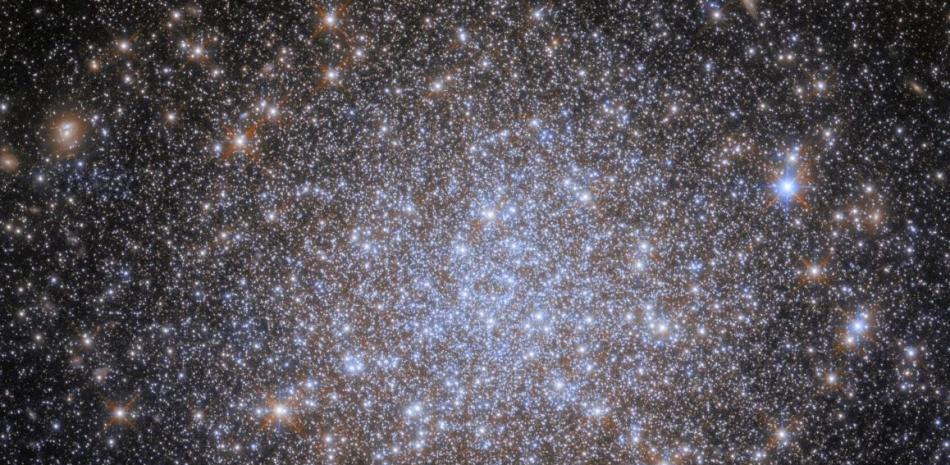He Hubble Space Telescope Capturing this crowded group of stars, it resembles the globular cluster – or 'celestial fossil' – in NGC 1841. Large Magellanic Clouds (LMC) at 162,000 light years.
The Satellite galaxies Like the LMC, it is gravitationally bound in orbit around the most massive host galaxy. We think normally Andromeda constellation It is more accurate to say that Andromeda is the closest companion to our galaxy, but not in orbit around the Milky Way.
Actually, dozens Galaxies Satellites orbit our galaxy and are much closer than it Andromeda. The largest and brightest of these is the LMC, which is easily visible to the naked eye from the Southern Hemisphere under dark skies and away from light pollution. Pot.
The LMC hosts many globular clusters. These celestial bodies are somewhere between open clusters, which are much less dense and tightly packed, and smaller, smaller galaxies. Increasingly sophisticated observations reveal that the properties of stellar populations and globular clusters are diverse and complex, and we still do not fully understand how such tightly packed groups of stars form.
However, all globular clusters have some consistency: they are very stable and maintain their shape for a long time, which means they are usually very old and contain a large number of old stars. The Spherical clusters They resemble celestial “fossils.” Just as fossils provide information about the early development of life on Earth, globular clusters like NGC 1841 can provide information about the earliest star formation in galaxies.





:quality(85)/cloudfront-us-east-1.images.arcpublishing.com/infobae/KTKFKR763RBZ5BDQZJ36S5QUHM.jpg)